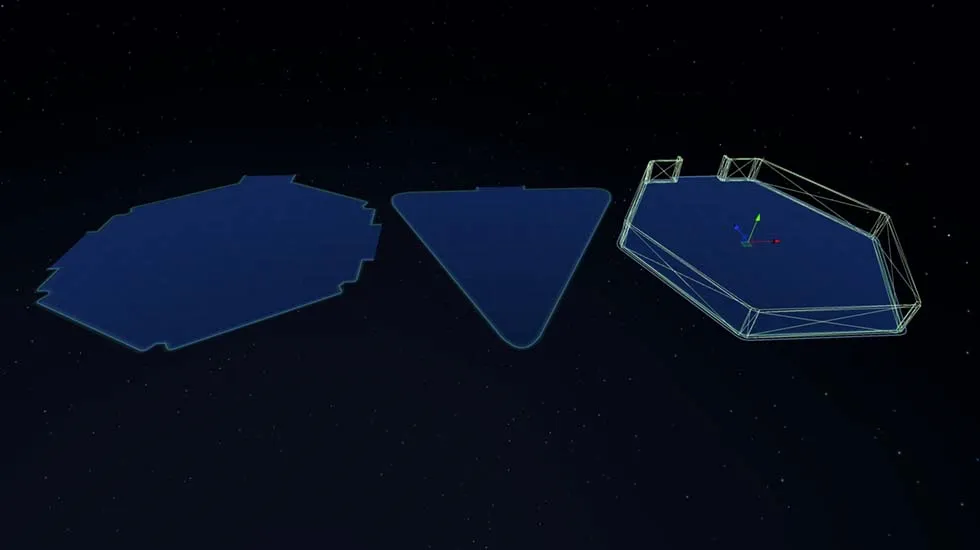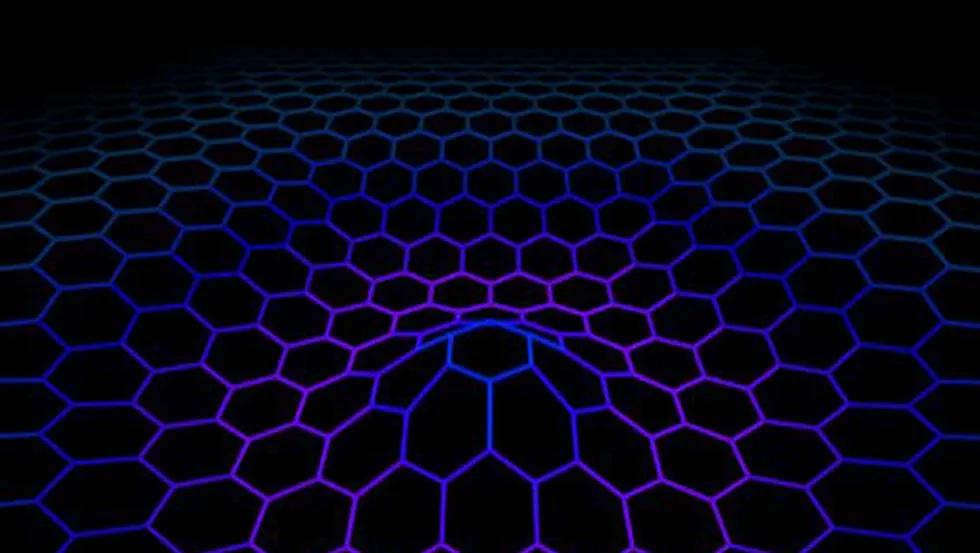





Tron Shooter
Byss Mobile's arena space-shooter mobile game demo.
Overview
This project was a collaborative effort to transform an early concept developed by Arkadiusz Kowalczyk, a programmer at Byss Mobile, into an engaging demo version of an arena space-shooter game. Our small but diverse team, consisting of two programmers, a graphic designer, and me as a technical artist, managed to turn the initial prototype into a playable demo within a span of two months.
Role
As the technical artist and project lead, my role was to facilitate smooth communication among the team members, oversee task allocation, and maintain visual consistency throughout the project. My technical responsibilities included writing optimized mobile shaders, procedural level modeling, and designing and creating all visual effects.
Tools and Resources Used
The project utilized a variety of tools and resources. The shaders were primarily written in ShaderLab, with pre-existing solutions used for UI, background, and Vertex Animation Textures (VAT) handling. Unity's Particle System was used for creating visual effects, with textures for the effects generated in Material Maker and minor models sculpted in Blender. Houdini was used for preparing rigid body simulations for the disintegrating spaceships and procedural modeling of the arenas.
Technical Details
Embracing a "neon" graphical style coupled with many visual effects and a high enemy count required intensive optimization from the outset. This primarily meant preparing well-optimized shaders and employing various tricks to mimic the screen-space bloom effect, which is too demanding for mobile devices.
I faked the bloom effect using simple Quads with an Additive shader, Zwrite Off, and GPU Instancing. In the case of the arena frames, the geometry was expanded to include the bloom as a shader component.
To ensure a unique arena layout for each gameplay session and to facilitate quick generation and modification of numerous arenas, Houdini's capabilities were utilized. I developed a Houdini Digital Asset (HDA) capable of generating distinct but interrelated arenas. This HDA was further integrated with Houdini's Procedural Dependency Graph (PDG) system, enabling me to mass-produce these arenas efficiently.
The design of visual effects was guided by three core principles – simplicity, overall project clarity, and optimal performance. Most of these effects were achieved using shaders with animated parameters and uncomplicated particle systems. To infuse a sense of dynamism and reaction to static arenas, a vertex shader was crafted that enabled vertex movement by animating its parameters.
Finding: The procedural capabilities of tools like Houdini or Substance Designer (or Material Maker in this instance) are invaluable when creating game visual effects. These tools shine in generating and animating geometry, as well as in crafting the textures essential for various effects.
References
The overall art direction was handled by our graphic designer, Karolina. My primary focus was to faithfully translate her vision within the Unity engine. When creating visual effects, I drew inspiration from the work of other artists from RealtimeVFX and Pinterest.
Conclusion
This project was a valuable experience, marking my first time as a gamedev team lead and my initiation into creating visual effects for games. The team maintained high motivation levels, successfully adhered to all deadlines, and fully executed our planned scope. The experience reinforced the importance of having a broad base of knowledge when crafting visual effects, as it requires a fusion of creativity, technical know-how, and the employment of diverse techniques.


